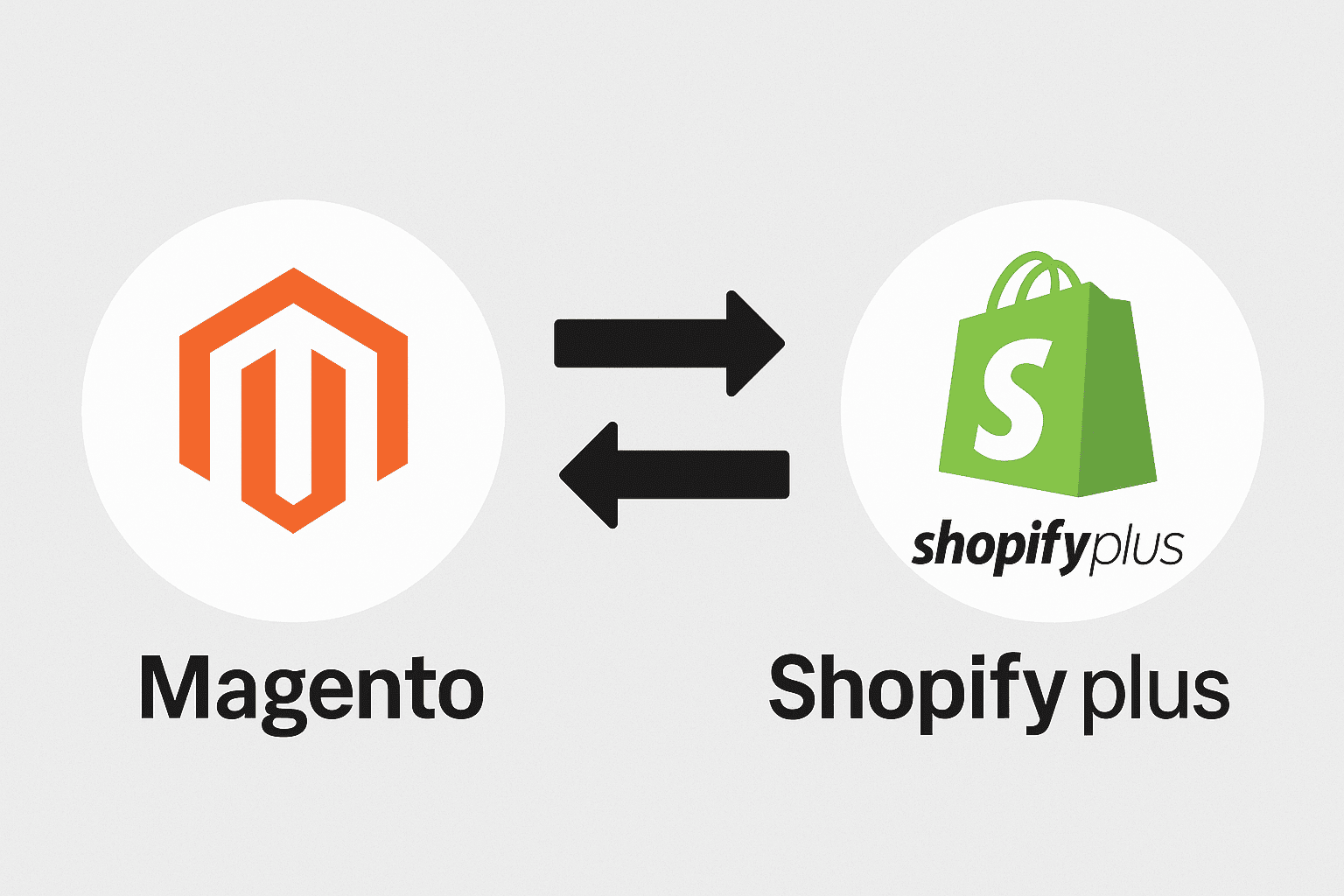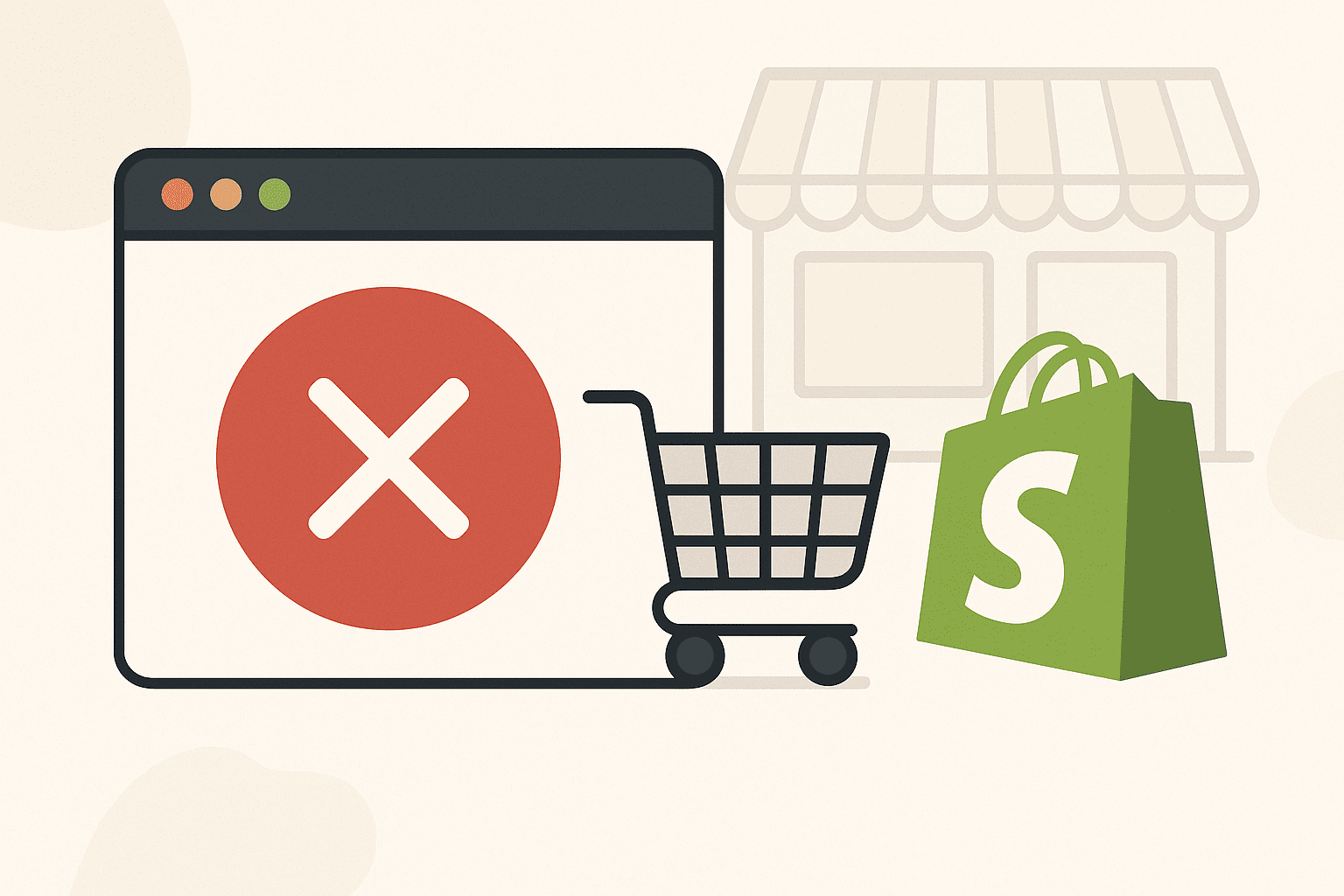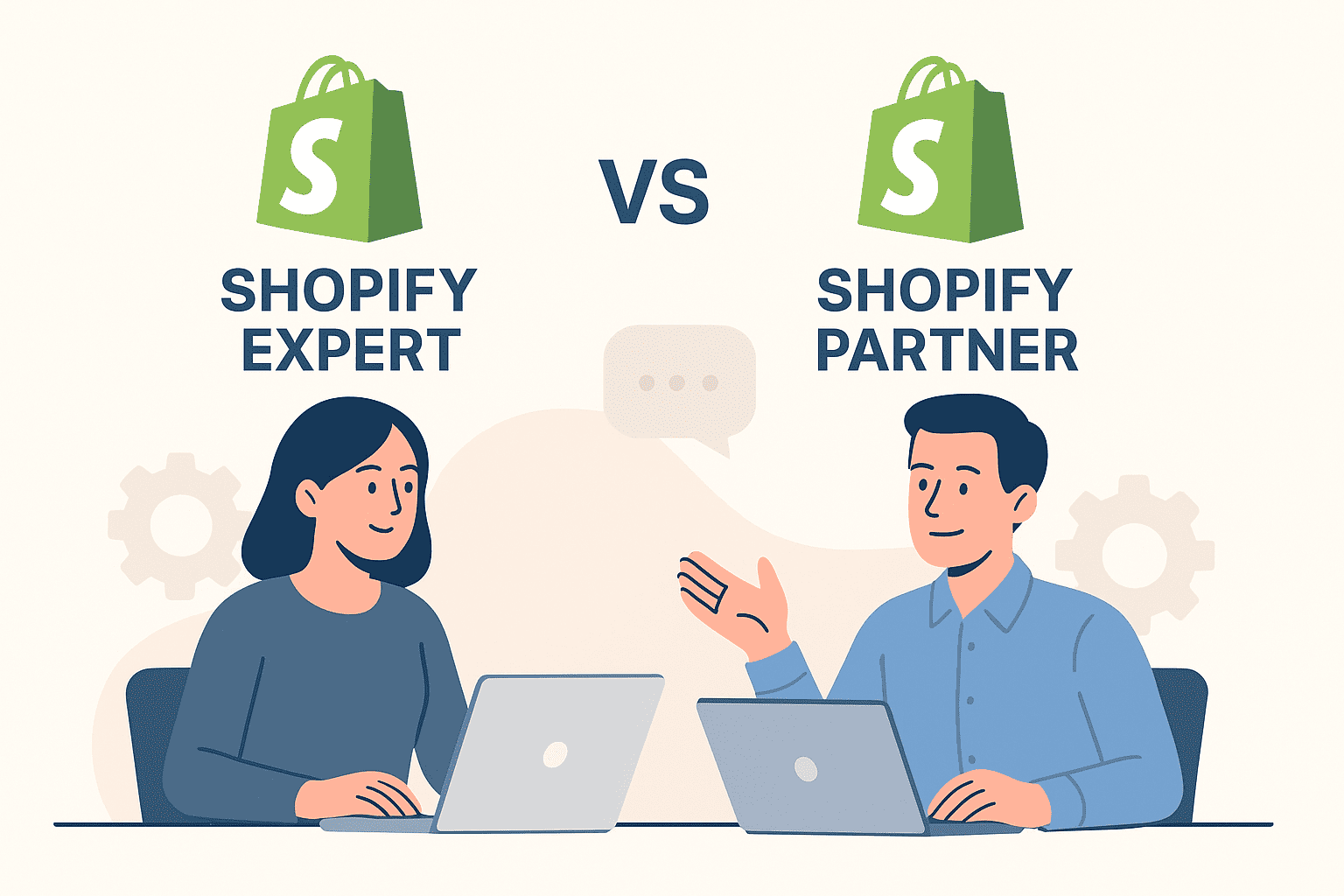10 Powerful Ways to Build a Sustainable Ecommerce Brand: Eco-Friendly Shopify Practices That Attract Gen Z Shoppers

Why Sustainability Matters in Ecommerce Today
Sustainability is no longer just a “nice-to-have.” It has become a defining factor in consumer decisions—especially for younger generations. Today’s online shoppers, particularly Gen Z, aren’t just buying products; they’re buying into values. A sustainable Shopify store is more than an online shop—it’s a statement of purpose.
The Rise of Eco-Conscious Consumerism
From fast fashion to plastic packaging, consumers are increasingly aware of the environmental costs of ecommerce. A growing number of buyers actively seek eco-friendly ecommerce brands that minimize waste, use renewable energy, and support ethical supply chains.
Gen Z’s Buying Power and Values
Gen Z shoppers, born between 1997 and 2012, now make up a massive consumer base with billions in spending power. Unlike previous generations, they demand accountability. They expect brands to:
-
Prove their sustainability claims.
-
Align with their ethical values.
-
Offer transparency at every stage of production and delivery.
For Shopify merchants, tapping into Gen Z’s eco-conscious mindset isn’t optional—it’s the future of ecommerce.
Building a Sustainable Shopify Store: Core Practices
Choosing Eco-Friendly Packaging & Shipping Options
Biodegradable, Compostable, and Recyclable Materials
Packaging is often the first touchpoint for customers. Switching to biodegradable mailers, compostable inserts, and recyclable materials reduces environmental impact while signaling brand responsibility.
Carbon-Neutral Shipping Solutions
Many Shopify apps let merchants offset carbon emissions. By offering carbon-neutral delivery at checkout, you immediately appeal to sustainability-focused buyers.
Implementing Sustainable Supply Chains
Partnering with Ethical Suppliers
A sustainable Shopify store starts with ethical sourcing. Partner with manufacturers who uphold fair labor practices and eco-friendly production methods.
Transparent Product Sourcing
Shoppers want to know where their products come from. Share sourcing stories on your product pages to build authenticity and trust.
Designing a Green Shopify Storefront
Eco-Friendly Themes and Minimalist Design
Minimalist store design not only looks sleek but also reduces digital energy consumption. Choosing lightweight Shopify themes can improve speed and sustainability.
Digital Sustainability: Site Speed and Energy Use
Every extra second of load time consumes energy. Optimizing images, reducing unnecessary apps, and streamlining your checkout process makes your store greener—and boosts conversions.
Branding Through Sustainability: Winning Gen Z Shoppers
Storytelling That Highlights Eco-Friendly Values
Gen Z connects with authentic stories. Share your brand’s sustainability journey—whether it’s reducing packaging waste, planting trees, or using recycled fabrics.
Social Media Strategies to Showcase Green Initiatives
Use platforms like TikTok and Instagram to highlight eco-friendly practices. Behind-the-scenes videos of sustainable packaging or supplier partnerships can create powerful emotional bonds.
Using Certifications and Badges to Build Trust
Eco-certifications like Fair Trade, USDA Organic, or Carbon Neutral badges can reassure skeptical Gen Z shoppers that your sustainability claims are real.
How to Market an Eco-Friendly Ecommerce Store
Influencer Collaborations with Sustainability Advocates
Partnering with green influencers helps amplify your message. Their audiences already value eco-consciousness, making conversions easier.
Leveraging User-Generated Content to Amplify Impact
Encourage customers to share eco-friendly unboxing videos or product reviews. Authentic user-generated content boosts credibility and spreads awareness organically.
SEO & Content Marketing for Sustainable Ecommerce
Publishing blogs about sustainability tips, eco-friendly lifestyles, and ethical shopping habits positions your Shopify store as an authority. This drives organic traffic and reinforces your green branding.
Common Pitfalls to Avoid in Sustainable Branding
Greenwashing: Why Transparency is Non-Negotiable
Making false sustainability claims—or exaggerating them—can destroy your credibility. Gen Z shoppers are savvy and quick to call out brands. Always back up claims with facts.
Balancing Profitability with Eco-Friendly Practices
Sustainability can be expensive. The key is balance: start with small changes like recycled packaging, then expand to larger initiatives as your business grows.
FAQs on Sustainable Ecommerce and Gen Z Shoppers
Q1: What makes a Shopify store “sustainable”?
A sustainable Shopify store minimizes environmental impact through packaging, supply chains, energy use, and ethical practices.Q2: How does sustainability attract Gen Z shoppers?
Gen Z aligns their purchases with personal values. They reward brands that demonstrate eco-friendly ecommerce practices with loyalty and advocacy.Q3: Are sustainable packaging options more expensive?
Initially, yes. But bulk purchasing and increasing consumer demand are making eco-friendly packaging more cost-effective.Q4: What Shopify apps help with sustainability?
Apps like EcoCart and CarbonClick allow carbon-neutral checkouts, while Planet by Shopify supports environmental causes.Q5: How can brands avoid greenwashing?
Be transparent, use verifiable certifications, and share measurable sustainability goals instead of vague claims.
Q6: Can small businesses compete with big brands in eco-friendly ecommerce?
Absolutely. Small businesses often have more agility to adopt authentic and impactful sustainability practices.Conclusion: The Future of Sustainable Shopify Stores
Sustainability isn’t just a branding trend—it’s the new standard. By adopting eco-friendly ecommerce practices, your Shopify store won’t just appeal to Gen Z shoppers—it’ll stand out as a future-proof brand.
The path forward is clear: combine authenticity with action, storytelling with transparency, and innovation with responsibility. The Shopify brands that embrace this shift today will become tomorrow’s leaders in ecommerce.




